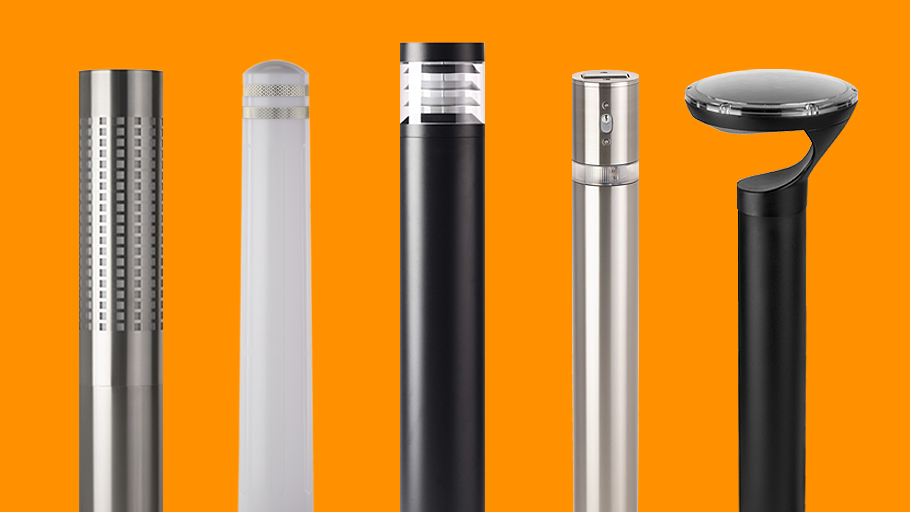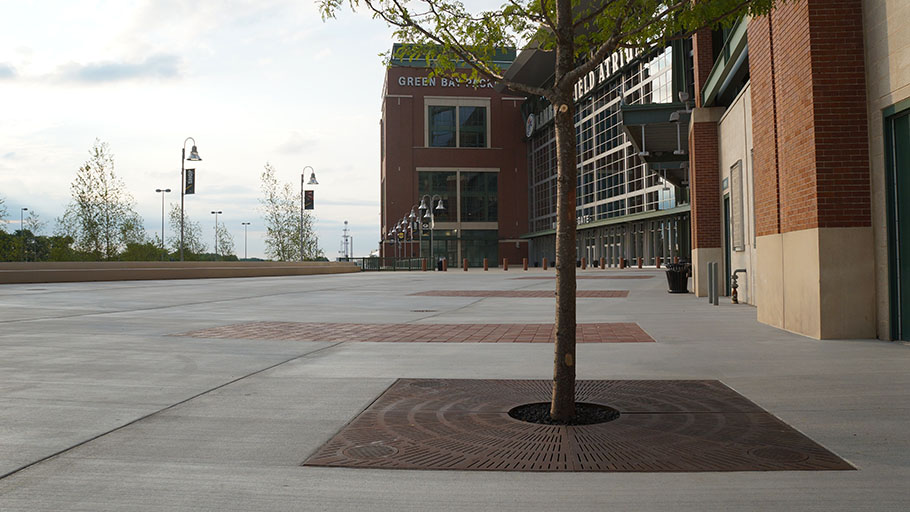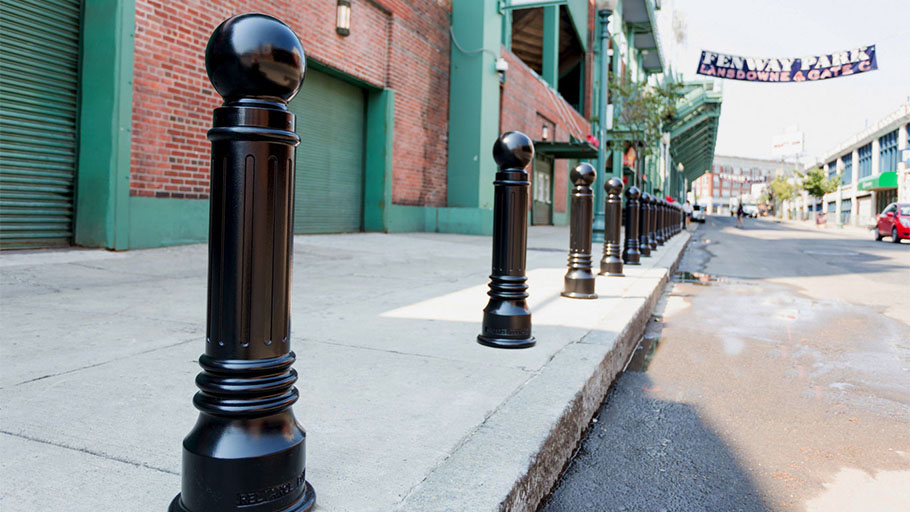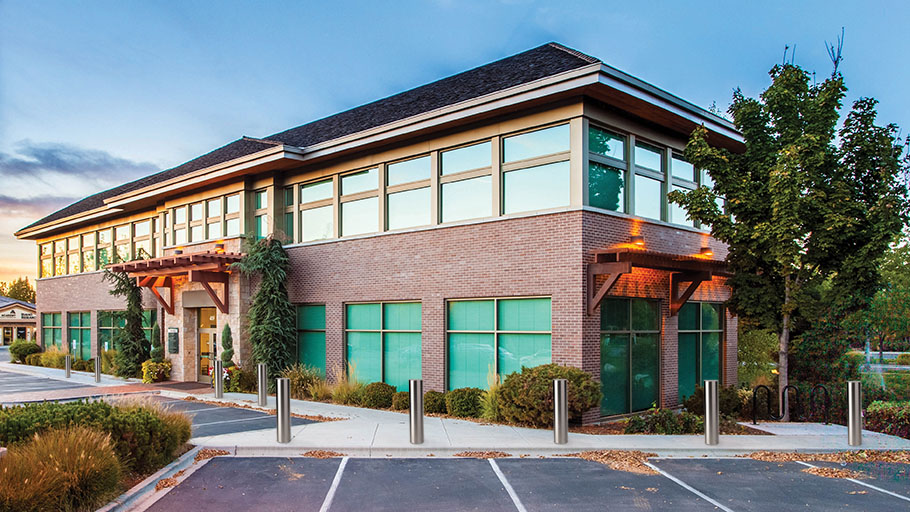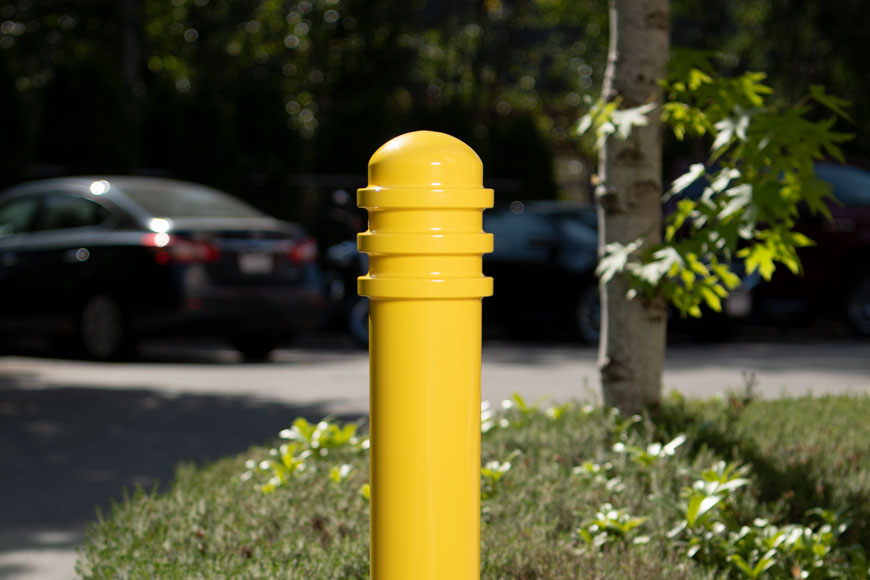Crash-Rated Bollards for Modern Cities

In a constantly evolving urban landscape, the need for robust security measures is more pressing than ever. Amidst this backdrop, crash-rated bollards play a pivotal role far beyond their unassuming appearance. These structures serve as a crucial barrier, offering robust protection in an era increasingly concerned with mitigating the risks of vehicular threats. Join us as we delve into the critical function of crash-rated bollards within modern urban environments, underlining their significance not only in safeguarding public spaces but also as instrumental elements in the broader narrative of urban renewal and sustainable city planning.
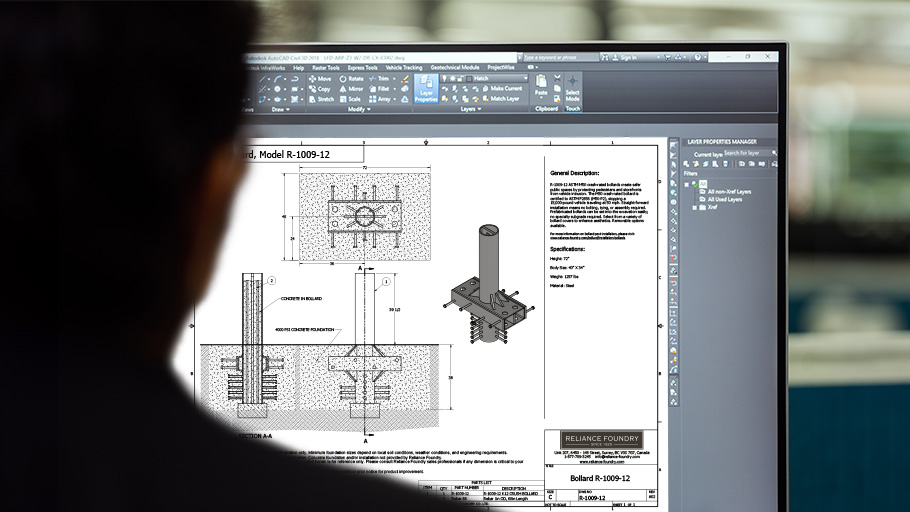
Understanding Crash-Rated Bollards
What exactly are crash-rated bollards? These robust posts are specifically engineered to prevent vehicle incursions, offering a critical line of defense in both security and urban design. Initially developed to thwart terror attacks by stopping unauthorized vehicles, these bollards have evolved to serve broader purposes in urban safety. They are now integral to modern cityscapes, providing protection against a range of vehicular hazards while maintaining the aesthetic integrity of the environment.
A key aspect of crash-rated bollards is their classification based on ASTM (American Society for Testing and Materials) standards, which determine their strength and impact resistance. These ratings, such as ASTM F2656, categorize bollards based on their ability to stop vehicles of various sizes and speeds. For instance, a bollard with a higher ASTM rating can halt a larger, faster-moving vehicle, making it suitable for high-security areas like government buildings or embassies. Conversely, a lower-rated bollard might be used in pedestrian zones or shopping districts, where the risk of high-speed impacts is lower.
This differentiation in ASTM ratings allows city planners, architects, and property managers to select appropriate bollards for different environments. Whether the goal is to safeguard a pedestrian plaza from accidental vehicle entry or to fortify a sensitive site against potential attacks, crash-rated bollards offer a tailored solution. Their design has also evolved, with options ranging from utilitarian to aesthetically pleasing, ensuring that these security features blend seamlessly into various architectural styles and landscapes.
The Role of Crash-Rated Bollards in Urban Renewal
The integration of crash-rated bollards has become a pivotal aspect of urban renewal, intertwining architectural innovation with essential security measures. These bollards serve as a testament to the cities’ commitment to safety, while simultaneously respecting the aesthetic and historical context of their environments.
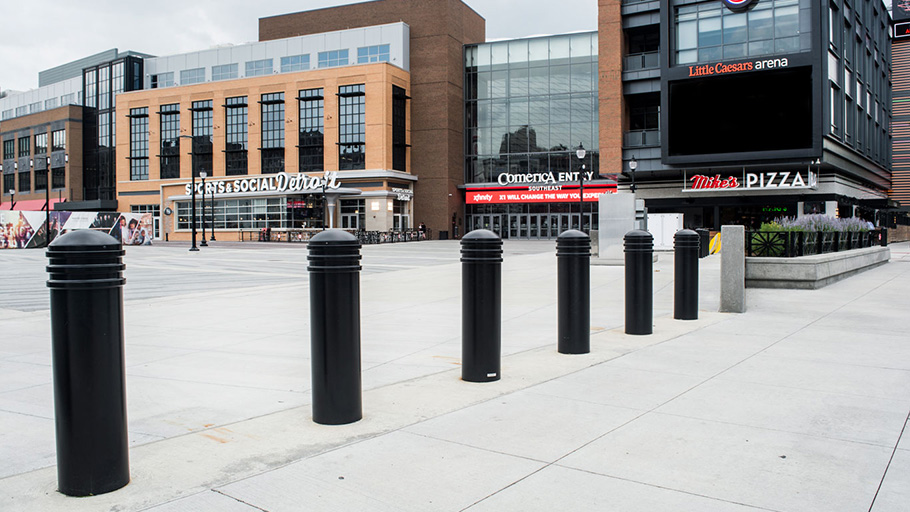
Enhancing Public Safety and Asset Protection
In urban settings, the primary objective of crash-rated bollards is to create a barrier against vehicle intrusions, particularly in areas with high pedestrian traffic. By strategically placing these bollards in sensitive zones such as near schools, shopping areas, parks, and government buildings, cities have been able to significantly reduce the risk of accidental or intentional vehicle-related incidents. For instance, studies have shown that the implementation of bollards in busy pedestrian areas has led to a marked decrease in the number of vehicle-pedestrian accidents, contributing to a safer environment for residents and visitors alike.
Moreover, crash-rated bollards play a pivotal role in asset protection. Historical landmarks, critical infrastructure, and public gathering spaces are often vulnerable to potential vehicular threats. The installation of these bollards has been instrumental in protecting these assets while maintaining the accessibility and aesthetic appeal of the surroundings. For example, in many city centers, bollards have been designed to blend seamlessly with the architectural style of the area, ensuring that safety measures do not detract from the cultural and historical significance of the environment.
Additionally, the psychological impact of these bollards should not be underestimated. Their presence often instills a sense of security and well-being among the public, contributing to a more welcoming and relaxed urban atmosphere. This psychological aspect is crucial in maintaining vibrant public spaces where people feel safe to gather, socialize, and engage in various activities.
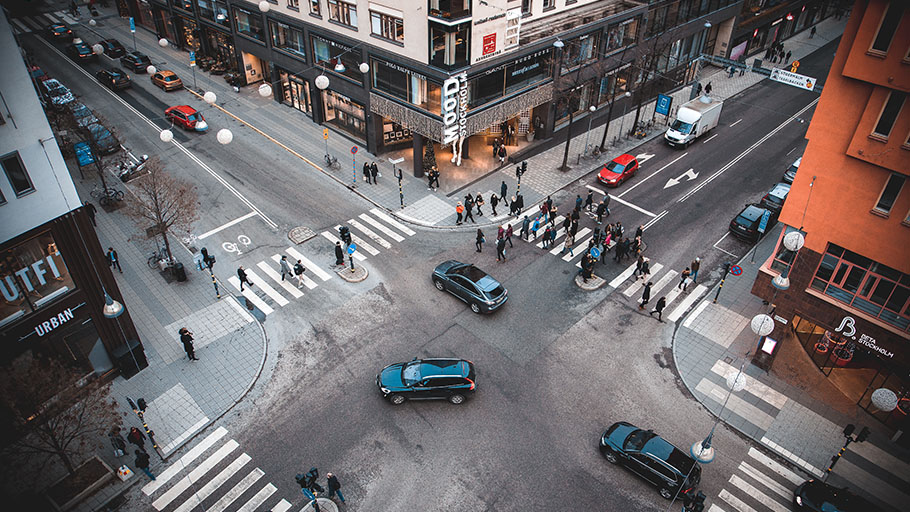
Future-Proofing Cities with Crash-Rated Bollards
As urban environments evolve into smarter, more interconnected spaces, the role of crash-rated bollards is undergoing a significant transformation. No longer just static barriers, these bollards are increasingly becoming part of the broader smart city framework, integrating with Internet of Things (IoT) networks, artificial intelligence (AI)-driven traffic systems, and advanced urban planning strategies.
In the future, crash-rated bollards could be equipped with sensors that collect data on pedestrian and vehicular traffic patterns, environmental conditions, and potential security threats. This real-time data collection would enable city planners and security personnel to make informed decisions about traffic management, emergency response, and urban design. For example, sensor-equipped bollards could alert authorities to unusual activity or congestion, aiding in swift responses to both everyday urban challenges and potential security incidents.
AI-driven surveillance systems are another area where crash-rated bollards may find new roles. When integrated with AI technology, these bollards could help in the analysis of vast amounts of data collected through citywide surveillance networks. This could include recognizing patterns that may indicate a security risk, such as an unauthorized vehicle approaching a pedestrian zone. The AI could then initiate preventive measures, such as activating retractable bollards or alerting nearby security personnel.
Moreover, the design of crash-rated bollards is evolving to match the aesthetic needs of modern urban spaces. As cities focus on creating more human-centered environments, the bollards are being designed to be visually appealing and to blend with their surroundings, sometimes even serving dual functions as public seating or greenery containers, thereby contributing to the overall urban aesthetic.
As cities embrace the smart city concept, crash-rated bollards evolve from mere physical barriers to key components of an interconnected urban ecosystem. This evolution reflects a forward-thinking approach to urban safety, shaped by technological innovation and creative planning.
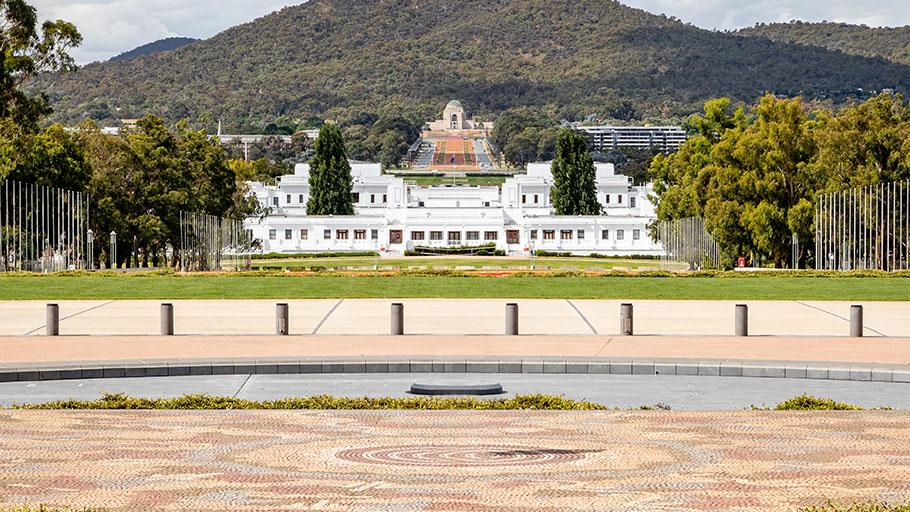
Implementation Challenges and Considerations
The implementation of crash-rated bollards in urban environments is not without its challenges. The cost of installing and maintaining crash-rated bollards can be significant, especially for extensive deployments in larger cities. It is crucial for urban planners to allocate funds wisely, prioritizing areas of highest risk while exploring cost-effective solutions without compromising quality or safety standards.
Aesthetic considerations are equally important. In urban areas with historical significance or distinctive architectural styles, it is essential to design bollards that complement the existing environment. This might involve custom designs or integrating the bollards with other street furniture to maintain the visual appeal of the area. Crash Rated bollards can often be outfitted with a variety of covers to give them the same look and feel that many decorative bollards offer.
Regulatory compliance is another critical factor. The installation of crash-rated bollards must adhere to local, national, and international standards and guidelines. This includes ensuring that they are installed at appropriate distances from pedestrian and vehicular traffic and that they meet specific safety and impact resistance standards.
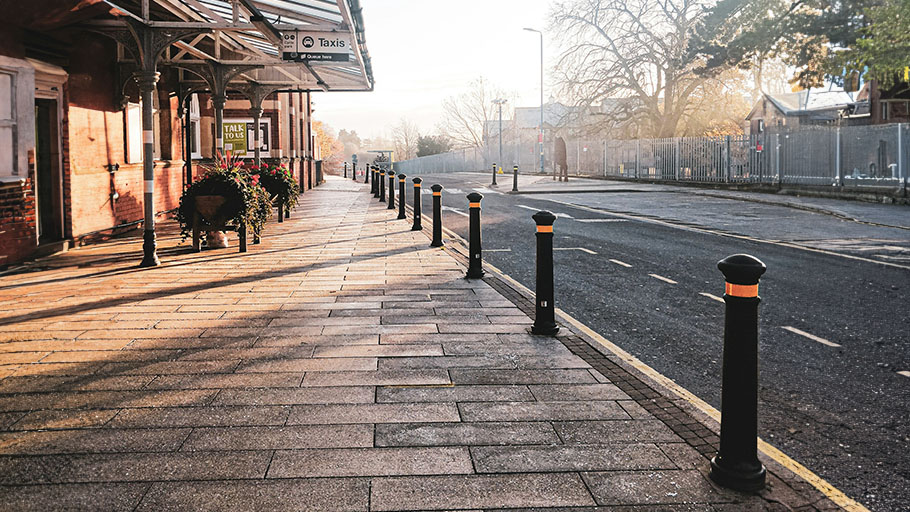
Crash-rated bollards symbolize a city’s dedication not only to security but also to innovation, as they adapt to the changing needs and technologies of urban environments. By providing a subtle yet effective layer of protection, they contribute to the creation of safe and welcoming public spaces, encouraging social interaction and community engagement.
As we move forward, these bollards will continue to be a key component in the design of urban landscapes. Their ability to balance safety, aesthetics, and functionality makes them an integral part of our cities’ futures, reflecting a commitment to creating spaces where people can live, work, and play in safety and harmony. The ongoing innovation and thoughtful implementation of these bollards will play a crucial role in shaping resilient, vibrant, and secure urban environments for generations to come.

